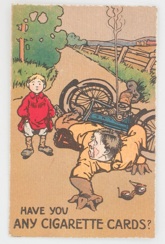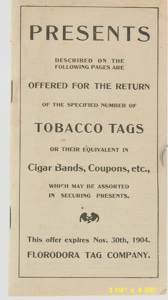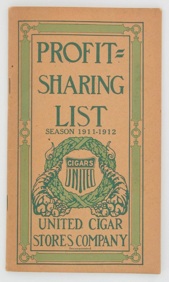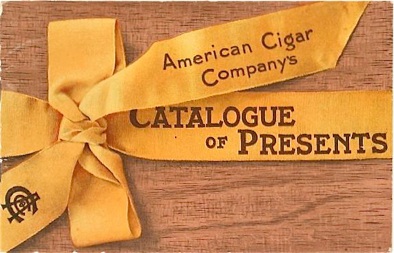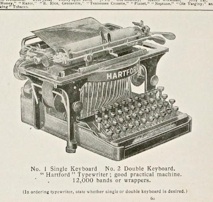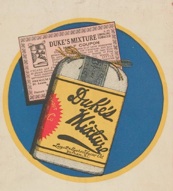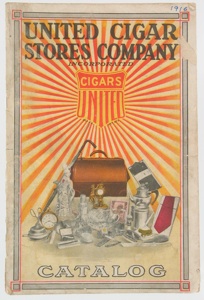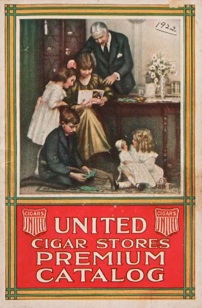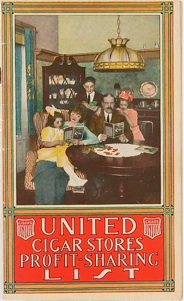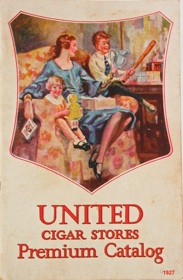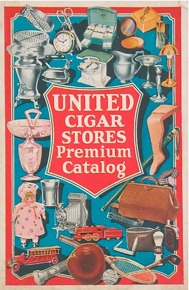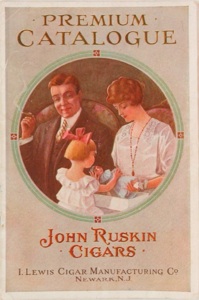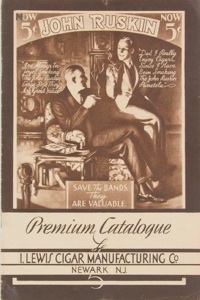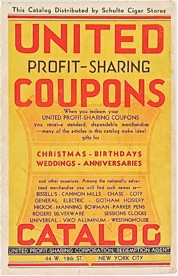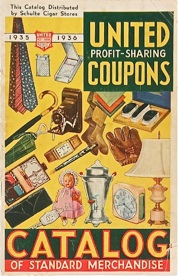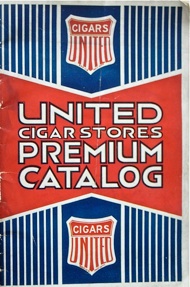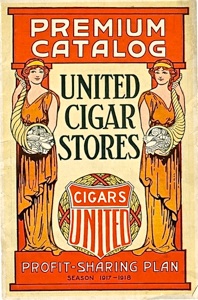Starting in 1904, the then small chain of United Cigar Stores began publishing simple non-illustrated catalogs of household items and distributing coupons that could be traded for them. Every 5¢ house-brand item you bought earned one coupon. More expensive items earned higher value coupons. As the years passed, the catalogs grew bigger, showed tantalizing photos of the rewards, and expanded into a wider range of goods...all of life’s hard-goods necessities: furniture, silverware, dishes, clothes, rugs, drapes, sewing machines, toys, tools, baby carriages, fishing gear, sports equipment, pistols and shotguns, and everything else a pre-Depression household needed or wanted including a horse-drawn delivery wagon with your company name already inscribed.
Critics argued that the money spent buying the tobacco would pay for the premiums many times over, an argument that ignored the fact a lot of chewing and smoking was part of the reward.
Soon after United began operation, a lengthy list of other marketers like Wrigley’s gum, Happiness Candy, My-T-Fine desserts, Danish Pride evaporated milk, Luzianne Coffee, Se-Ment-Ol Radiator cement, Holland’s Tea, Swift’s meats and three dozen others joined what became the “mutual profit sharing” coupon system. This expansion gave the company the greatest buying power of any retailer in the country. Gillette razors, Rogers silver and other important national brands were soon making sweetheart deals and supporting display ads in United catalogs.
This exhibit will focus on the covers of United and other catalogs and the wide range of items you could order from them in the coupon era. These were rewards for being loyal to a particular brand or store.



